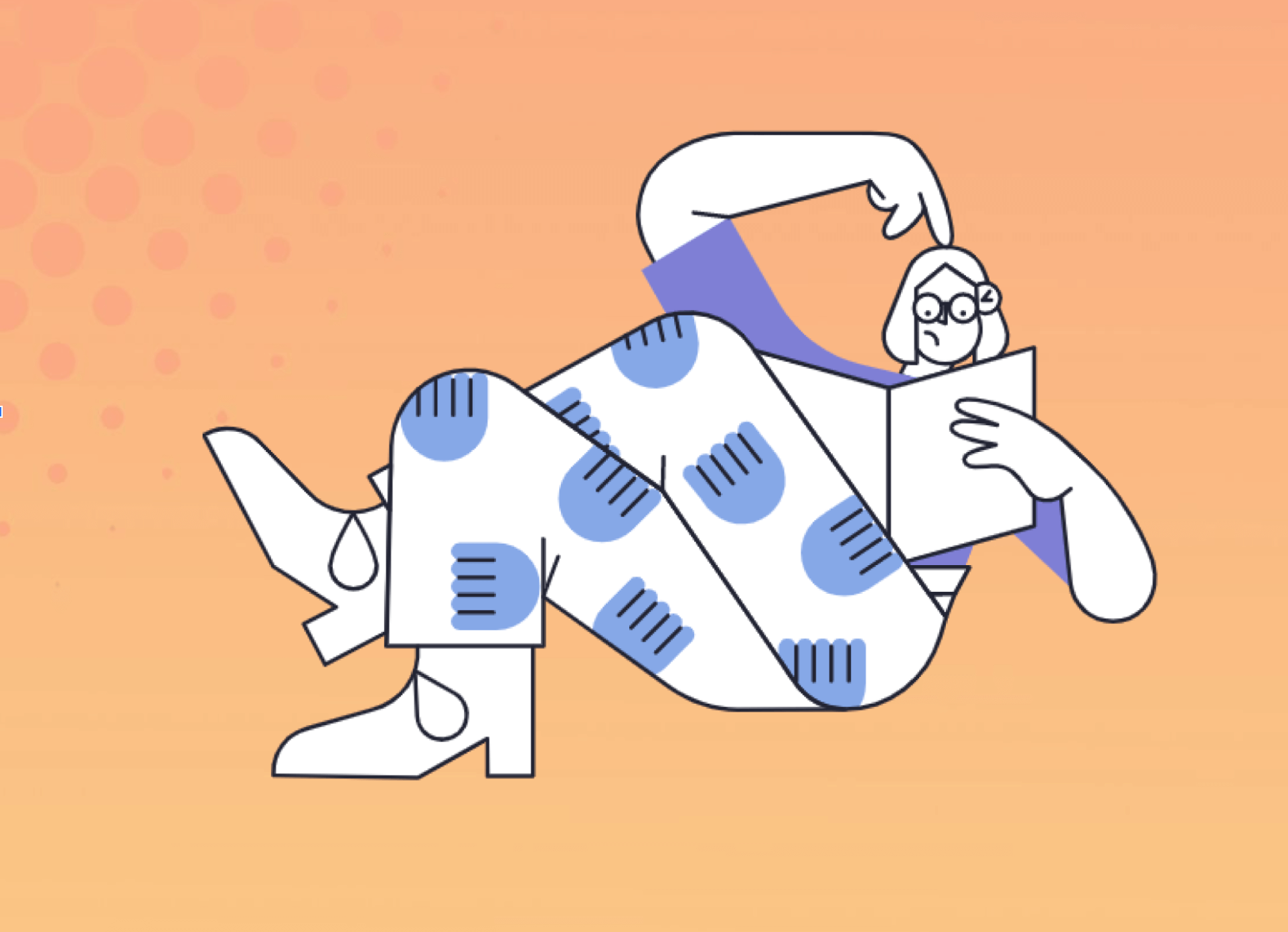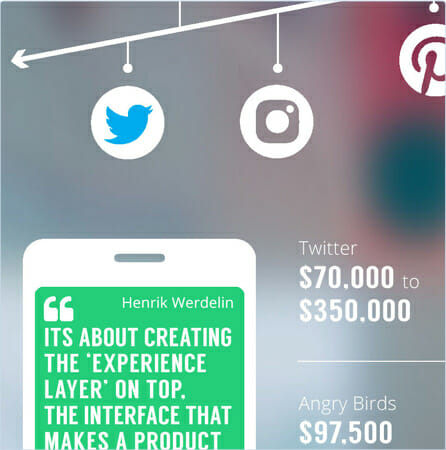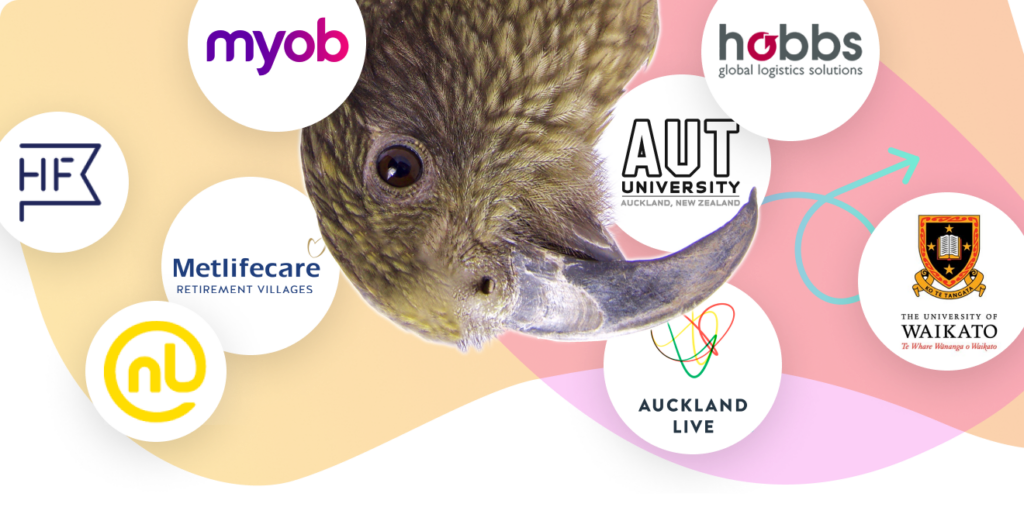Eric Ries made popular the idea of building a Minimum Viable Product (MVP) instead of building a proper product with all the features.
A MVP is the the most pared down version of a product that can still be released and has three key characteristics:
- Enough value that people are willing to use it or buy it initially
- Demonstrates enough future benefit to retain early adopters
- Provides a feedback loop to guide future development

However before you start planning your MVP, these are the 7 things worth considering.
Define the problem you are solving
You have a brilliant idea, you just want to get started building your product or prototype, but before you get started, think about what is the problem you are solving. Every good product or service is solving a problem. First you need to get clear about the problem you’re attempting to solve. Make sure there’s enough ‘pain’ created by the problem that your target user would be willing to stop what they’re currently doing to solve that problem (if anything) and try out your solution instead.
Define your customer
Get specific about whose problem(s) you are trying to solve, so that when you go to test your other assumptions you’re getting feedback from the right audience. If you miss on this, all of your other testing could be for naught. Define not only your customer but also your ideal customer: what are their interests, demographics and behaviour.
How will your product or service help your customer
You could build an amazing product, but if your customer doesn’t clearly understand how it will benefit them, it may never see the light of day. Write down all the different ways how your product/service will solve your customer’s pain point or make their life better. When you’re thinking about this step, also make a list of how your customer currently solves their problem. Why are they unhappy about how they currently solve their problem, or what is inefficient about the way they solve their problem?
How will you get your product or service out to your customer?
How will you find your customer, or how will they find you? You could create an incredibly valuable product or service, but if your customer doesn’t know it exists then it is essentially worthless. Because of this, from day one you need to be thinking about marketing and user acquisition, and test your marketing assumptions early on. Make a landing page and get early registration for your product to gauge interest, gather feedback, and build community. Early adopters of any product, service or brand are extremely valuable.
How much money will you make?
How will your product or service make money? Don’t forget to factor in recurring revenue if relevant, and start by being conservative with your assumptions about retention and re-engagement. If your product and service are not-for-profit then make a plan on how you are going to cover your ongoing costs. Finally you will have to make sure that you are able to cover ongoing development, maintenance, and marketing costs.
How is your product or service going to be different from competitors?
What is your unfair advantage? How is your product unique? What is your USP (unique selling point)? If your product is the same as everyone else, then why should someone buy yours or use it? After you have come up with assumptions on how your product is different, survey people to find out if those points of differences are valuable enough for people that they would pay.
What are your biggest risks?
Now that you have amassed a healthy list of assumptions, think about which ones are the riskiest? Which ones are most likely to kill your project if you don’t get them right? In which do you have the lowest confidence that your assumptions are right?
Taking the time to give thoughtful, realistic answers to these questions can save you a significant amount of time and resources down the road.
Need help with your MVP?
Got a question, or need something clarified about getting started with your MVP, Feel free to contact us here. Contact




